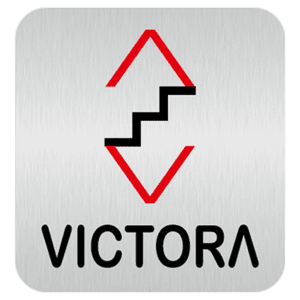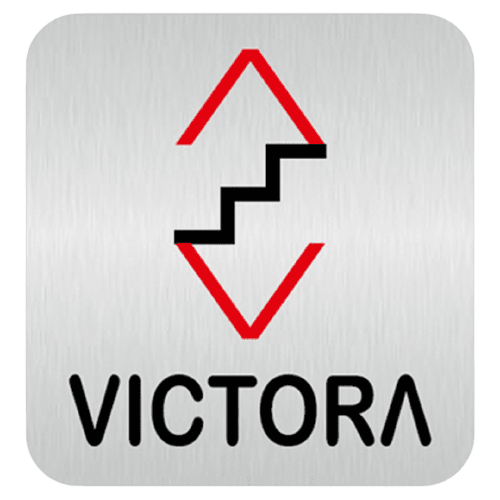
Are you considering installing a lift but need to determine the actual cost? Look no further. This comprehensive guide explains how the cost of lift installation varies according to numerous factors. Several crucial elements must be considered From the beginning of the planning process through the final installation.
The type of lift, its capacity, the building structure, and any customizations required can significantly impact the overall cost. But it doesn’t stop there. We will also explore the ongoing expenses associated with lift maintenance, repairs, and regulatory compliance to give you a clear understanding of the long-term financial commitment involved. Understanding the actual cost of lift installation is essential for budget planning and making informed decisions.
So whether you are a homeowner considering a residential lift or a business owner looking to enhance accessibility, this guide will provide the insights you need. Don’t let the cost be a surprise – equip yourself with the knowledge to choose your needs.
Factors that Affect the Cost of Lift Installation
When considering lift installation for your building, it’s essential to understand the various factors that can influence the overall cost. These factors will impact your budget, and they will also play an indispensable role in determining the efficiency and safety of your lift. Here, we’ll explore the key factors that affect lift installation costs.
Types of Lifts and Their Installation Requirements
The type of lift you choose has a substantial impact on installation costs. Standard lift types include hydraulic lifts, traction lifts, and home elevators, each with its installation requirements:
- Hydraulic Lifts: Hydraulic elevators provide a smooth ride due to their whisper-quiet operation. Installation costs for hydraulic elevators can fluctuate depending on variables like load capacity and travel distance. On average, be prepared for an installation cost ranging from 7 Lack to 25 Lack.
- Traction Lifts: Traction lifts are energy-efficient and ideal for taller buildings. They require a counterweight system and specialized installation to operate effectively.
- Home Elevators: Residential lifts have specific installation requirements and often have a more straightforward installation process than commercial lifts.
Read More: The Most Important Elevator Industry Statistics for 2023
A Breakdown of the Cost Components in Lift Installation
To fully comprehend the cost of lift installation, it’s helpful to break it down into its main components:
- Lift Equipment: This includes the cost of the lift itself, which varies based on type, capacity, and customization.
- Permits and Inspections: Acquiring permits and scheduling inspections are essential steps in the installation process and come with associated fees.
- Electrical and Mechanical Work: Depending on your building’s infrastructure, you may need to upgrade electrical and mechanical systems to accommodate the lift.
Hidden Costs to Consider in Lift Installation
Beyond the obvious expenses, there are hidden costs that can catch you off guard if not adequately anticipated:
- Customization: If you opt for custom features, finishes, or design elements, be prepared for additional costs.
- Structural Modifications: Older buildings may require structural changes to accommodate the lift, which can significantly increase installation expenses.
- Location Challenges: The lift’s placement within the structure, accessibility, and proximity to power sources can also affect costs.
How to Save Money on Lift Installation
While lift installation can be a substantial investment, there are ways to optimize your budget:
- Thorough Planning: By planning and consulting with professionals, you can avoid costly changes in the future.
- Standard Features: Consider opting for common features and finishes to reduce customization costs.
- Multiple Quotes: Seek quotes from different installation companies to ensure competitive pricing.
The Importance of Hiring a Professional Lift Installation Company
Choosing the right lift installation company is crucial for a successful, cost-effective lift installation. Look for a company with the following qualities:
- Experience: An experienced company is more likely to handle complex structures efficiently.
- Certifications: Ensure the company is appropriately certified and adheres to safety standards.
- References: Ask for references and check reviews to gauge their reputation.
Questions to Ask Before Hiring a Lift Installation Company
Before making a decision, ask potential installation companies these key questions:
- Are you licensed and insured?
- What is your experience with similar projects?
- Can you provide references from past clients?
- What is the estimated timeline for the installation?
- What warranties and maintenance services do you offer?
Conclusion: Understanding the True Cost of Lift Installation
In conclusion, the cost of lift installation is influenced by many factors, including the lift type, customization, structural considerations, and location challenges. By carefully considering these factors, breaking down the cost components, and seeking professional guidance, you can make an informed decision regarding lift installation while optimizing your budget for a safe and efficient installation.

